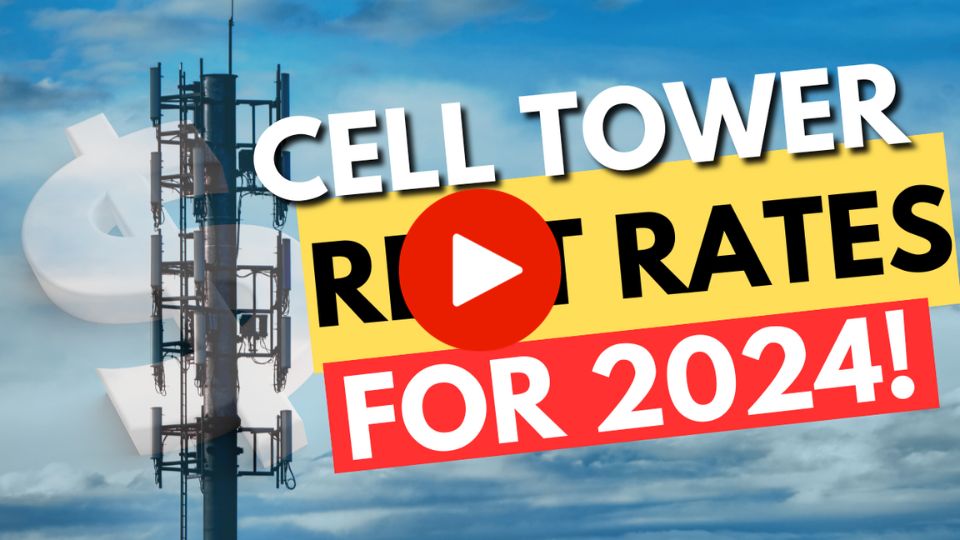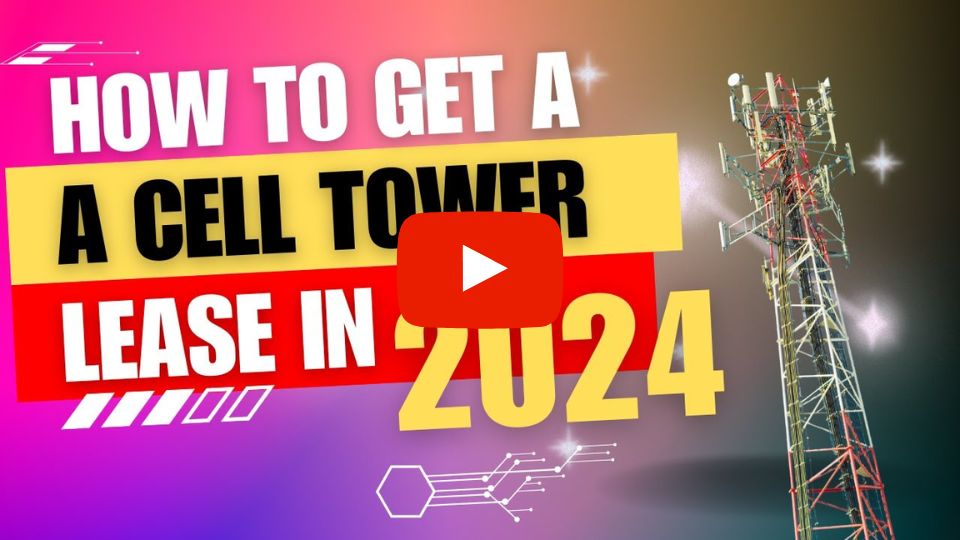
While the 5G wave is moving rapidly across the United States, the question your city must answer is “Are we ready?”
5G is a new wireless network that is being built using small cells. Small cells provide wireless service via a connection to fiber optic networks. These units are much smaller and exist closer to the users. Small cells are often attached to telephone poles and light posts.
Small cell installations can be in the form of new small cells in new areas of your city, as well as 5G small cells that can be built in areas with existing 4G networks, creating a stronger and higher capacity connection.
This additional infrastructure will “densify” the existing network, creating more available bandwidth and, therefore, creating a faster connection. Densification will not only increase wireless network speeds by up to 100 times the current speed, but will also improve latency, which benefits network response speeds.
Get 5G-Ready
Review Your Permitting Processes. Most cities current permitting structures were designed to handle traditional macro/large cell tower development. 5G small cell permitting requests require dozens, if not hundreds, of cell site deployments, so cities must adapt their current processes to streamline the influx of applications they may receive from a wireless carrier.
Optimize City Assets. A city should identify assets that are available for a wireless carrier’s use and make information regarding these assets easily available. City-owned assets, such as light poles or traffic lights, act as leverage when negotiating with wireless carriers. Ultimately, a city needs to focus more on what they are offering a wireless carrier rather than what they are being offered.
Establish A “Go-To” Contact. Cities need to identify a contact person or team inside your organization who is “up to speed” on the wireless industry and who will act as the point of contact for your city when it comes to handling communications with wireless carriers and their vendors. Having a single “go-to” contact person or group makes it easier and more efficient to establish relationships with wireless companies. In addition, a “go-to” team can help a city stay organized internally and will be able to expedite the process.
Stay Informed. It is critical for local governments to stay up to date about proposed state and federal rulings regarding 5G/small cell deployments. Many states have already passed legislation regarding parameters related to 5G installations. Many ruling/legislations have addressed aesthetic or safety concerns and have set standards regarding costs that a city may charge for applications, permits and other procedures related to small cell deployments.
Don’t Believe The Hype. A local government should not always take a wireless carrier’s representations at face value. For example, it is common for wireless carriers to minimize the impact that wireless equipment may have on a municipal asset. Wireless carriers make claims regarding the size of equipment being “as small as a bread box” and the installation procedure is “simple and nonintrusive”. In reality, small cell equipment is much larger and requires a significant amount of accompanying infrastructure.
5G can benefit municipalities and the citizens therein, but cities should manage both their expectations and not lose control of their assets at that same time.
The best way that cities can prepare for 5G is by making sure they have the information required not only to benefit from the 5G boom, but also to avoid certain pitfalls that could be associated with that explosion.
Remember, the wireless carriers have experts working for them, shouldn’t you?



